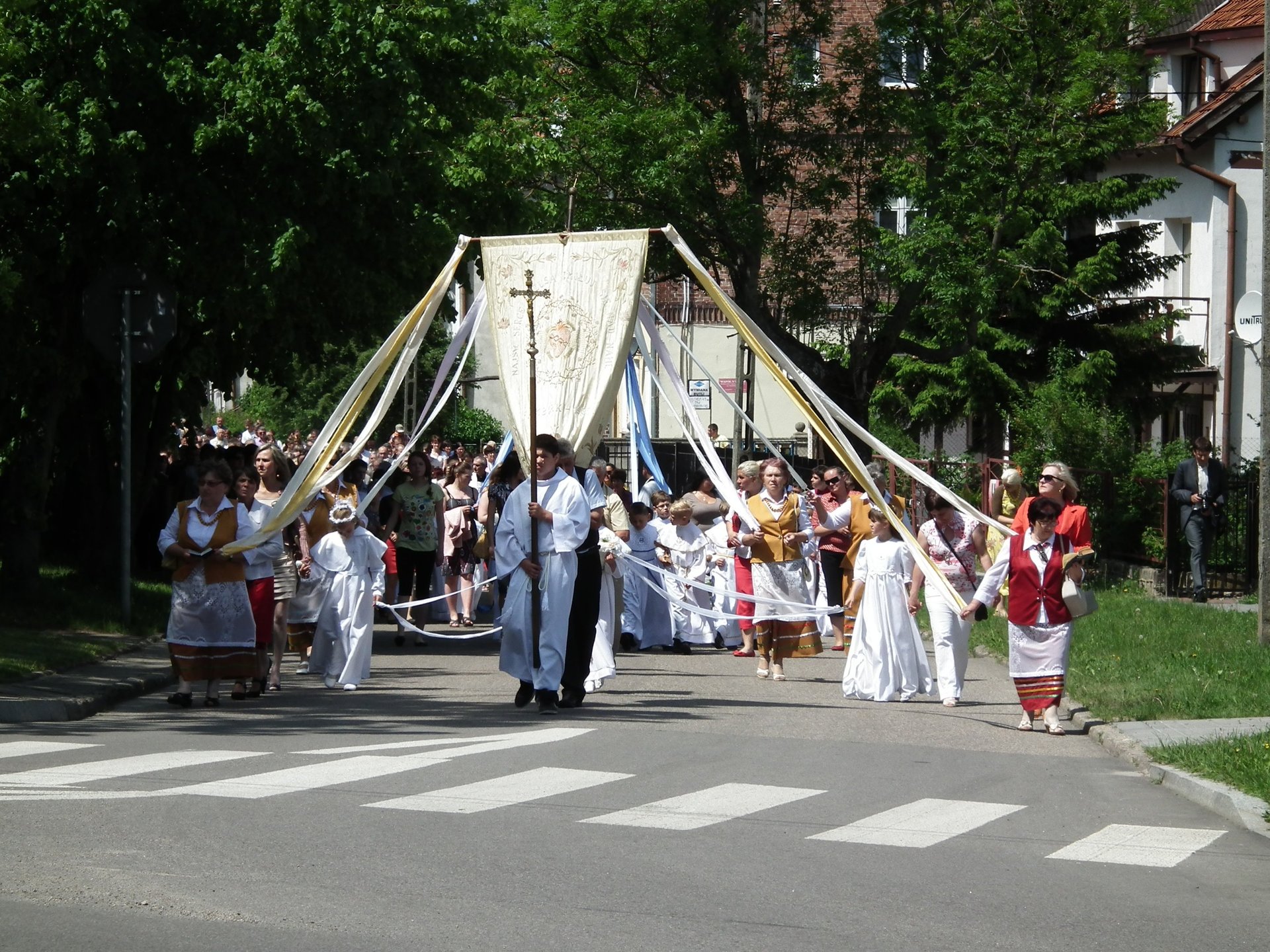
Book Pilgrimage to pray with us at Copernicus altar, visit local Convents and pray in God's natural creation .
Frombork (historically known as Frauenburg), a small town in northern Poland on the Vistula Lagoon, is renowned for its deep connections to Nicolaus Copernicus, the 16th-century astronomer who revolutionized our understanding of the solar system. The town served as his primary residence from 1510 until his death in 1543, where he worked as a canon of the Warmian Cathedral Chapter. The "Copernicus altar" refers to the Altar of the Holy Cross (Ołtarz Krzyża Świętego) in Frombork Cathedral, a key site tied to his life and legacy. Regarding "local convents," Frombork itself lacks active monastic convents (such as those for nuns or friars), as it is centered around the secular Augustinian canons of the cathedral chapter.
However, the broader religious landscape includes the historic chapter houses (canonries) and nearby pilgrimage sites.
The Copernicus Altar: Altar of the Holy Cross in Frombork Cathedral
The altar is situated within the 14th-century Frombork Cathedral (Archikatedra Wniebowzięcia Najświętszej Maryi Panny i św. Andrzeja), part of the fortified Cathedral Hill complex—a UNESCO-listed Historic Monument of Poland. The cathedral, built primarily in the 14th century with Gothic architecture, measures about 97 meters long and features a vaulted ceiling rising 16.5 meters. The Altar of the Holy Cross is a late-Gothic polyptych donated in 1504 by Copernicus's uncle, Bishop Lucas Watzenrode, and originally served as the main altar until the mid-18th century.
As a canon, Copernicus was responsible for administering this altar, overseeing its liturgical duties. He conducted astronomical observations from the adjacent Copernicus Tower (the oldest fortification on the hill) and likely spent much time near the altar during services. Most crucially, Copernicus was initially buried unmarked beneath its floor in 1543, as was customary for high-ranking clergy. His remains were lost amid wars (including Swedish invasions in the 17th century) and rediscovered in 2005 through archaeological digs guided by historical records and DNA analysis matching hairs from his personal book (now in Uppsala, Sweden).
In 2010, his remains were reburied in a black granite tomb directly under the altar during a ceremonial Mass led by Poland's Primate, Józef Kowalczyk. The tomb features an engraved solar system map symbolizing his heliocentric theory. Today, it's a focal point for visitors, with an epitaph, tombstone, and statue nearby. The site includes Foucault's pendulum in the belfry to demonstrate Earth's rotation—a nod to Copernicus's ideas.
Visiting Tips:
The cathedral hosts organ concerts (Frombork is home to one of Poland's finest organs) and is part of the Nicolaus Copernicus Museum. Entry is about 20-30 PLN; open daily in summer.
Local "Convents" and Religious Sites in Frombork
Frombork's religious history revolves around the Warmian Cathedral Chapter, a community of Augustinian canons (secular priests living communally but not under strict monastic vows). This isn't a traditional "convent" (which often implies enclosed nuns or friars), but the chapter's residences—known as canonries—functioned similarly as semi-monastic houses. Copernicus lived and worked in one of these from 1512 onward.
Cathedral Warmian Canonries (Domy Kanonickie)
Two preserved 14th-15th century houses on a hillside adjacent to Cathedral Hill, used by chapter canons for residence and administration. They include administrative offices, a library, and observatory spaces.
Copernicus resided in the "external curia" (outer house) here, managing chapter estates, finances, and defenses. He wrote parts of De revolutionibus orbium coelestium in these buildings.
Location / Distance from Cathedral: Directly next to Cathedral Hill; part of the museum complex.
Frombork Cathedral Chapter (former)
The historic seat of the Augustinian canons since 1278, overseeing Warmia's spiritual and economic affairs. No longer active as a living community post-WWII.
Copernicus's brother Andreas was also a canon here; the chapter elected bishops and defended against Teutonic Knights.
Location / Distance from Cathedral: Cathedral Hill core.
Bishop's Palace (Pałac Biskupi)
A Renaissance palace within the cathedral fortifications, rebuilt after 17th-century Swedish looting.
This was the site of chapter meetings where Copernicus served as administrator and physician.
The Bishop's Palace is located within Cathedral Hill walls.
Nearby Religious Sites (Within 50 km):
For broader "local" context, Warmia region offers monastic heritage:
Lidzbark Warmiński (30 km south): Episcopal castle and chapter history; Copernicus worked here briefly as secretary to his uncle.
Olsztyn (40 km south): Castle where Copernicus defended against Teutonic Knights in 1520; features his astronomical notes.
Reszel (20 km east): Former Dominican convent ruins and a pilgrimage church.
Frombork's Cathedral Hill remains a pilgrimage hub, drawing ~100,000 visitors annually for its Copernicus ties and serene Baltic views. If you're planning a visit, consider a boat trip from the local harbor to explore the lagoon.
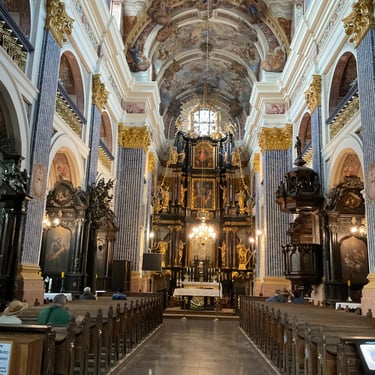
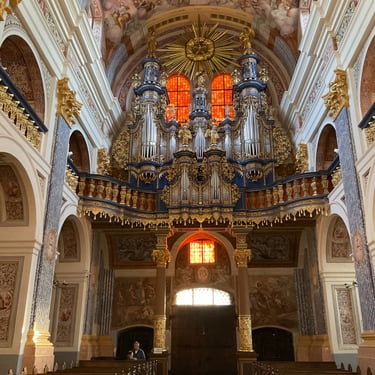
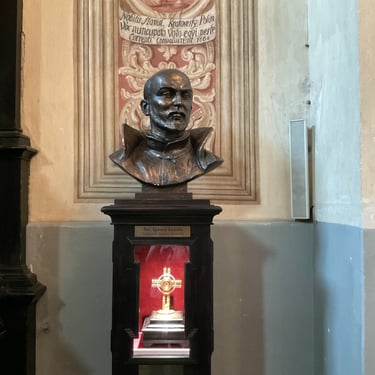
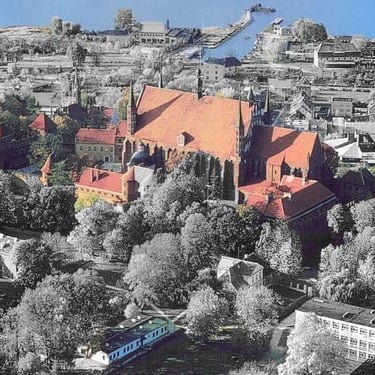
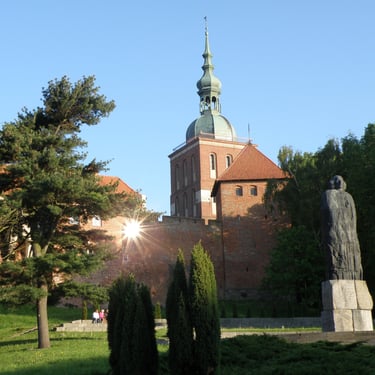
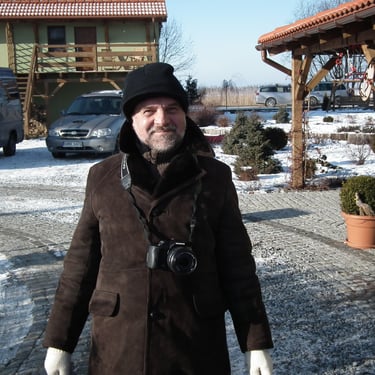
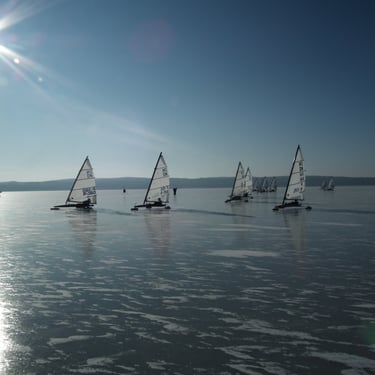
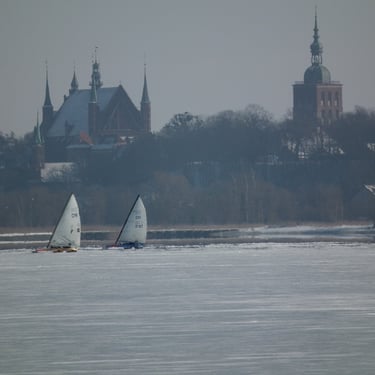
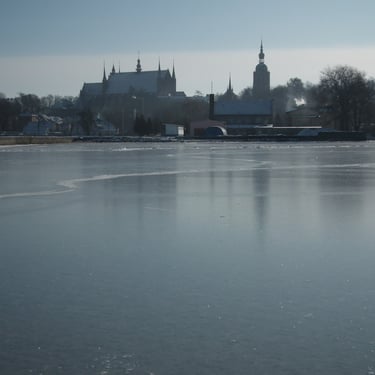
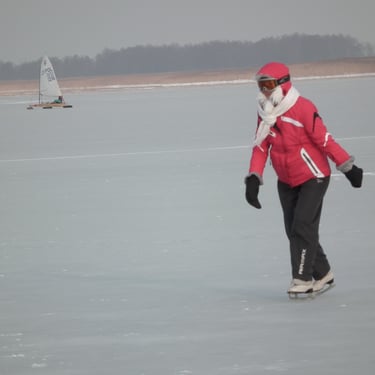
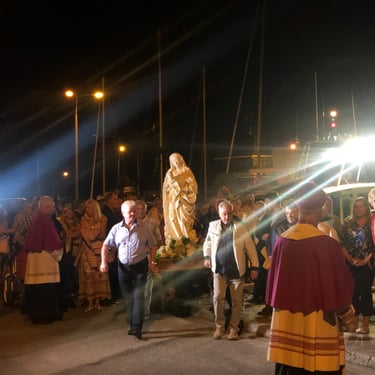
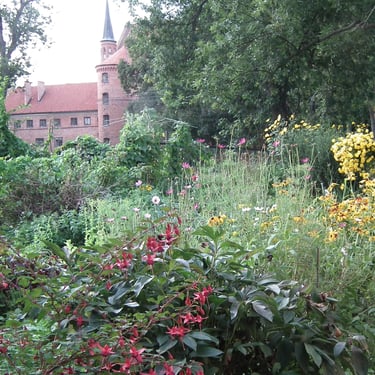
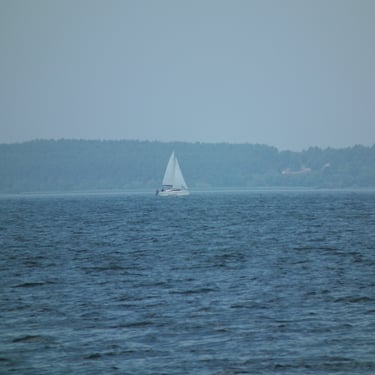
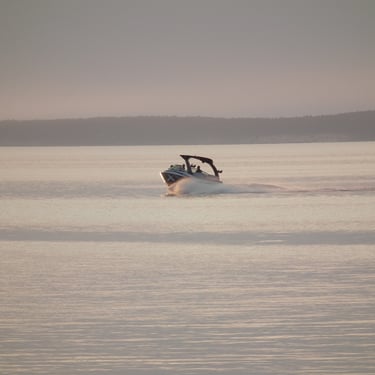
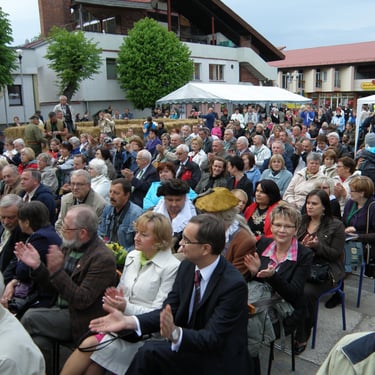
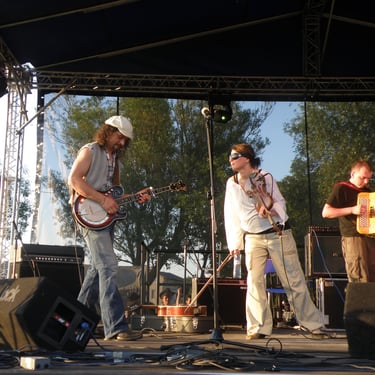
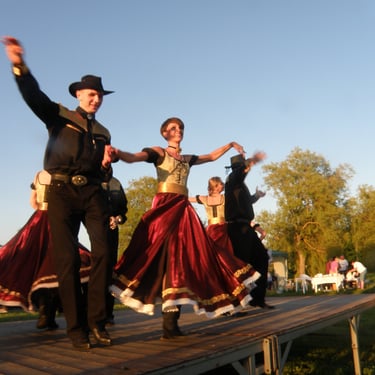
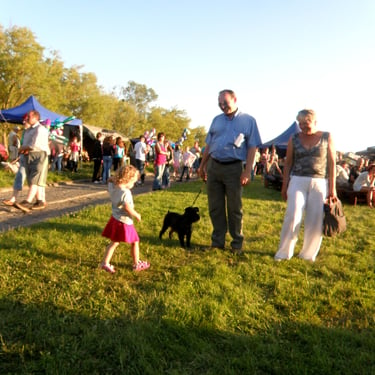
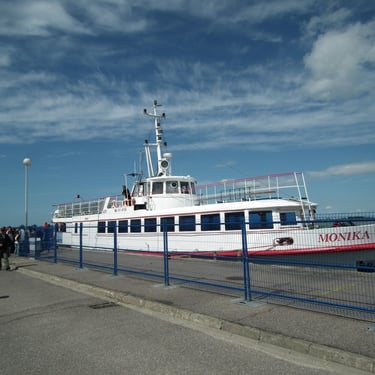
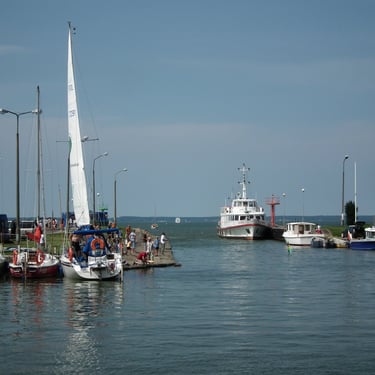
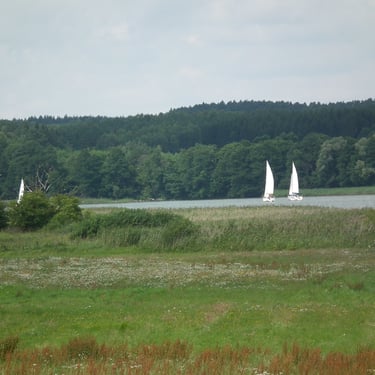
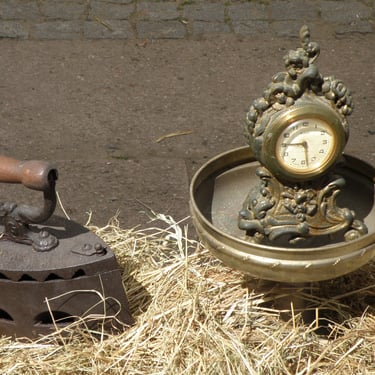
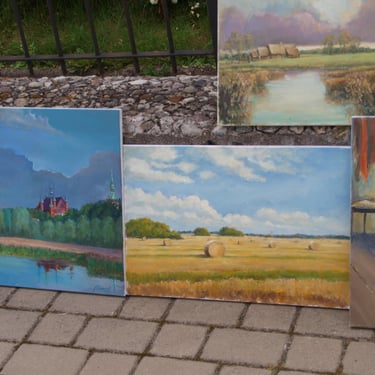
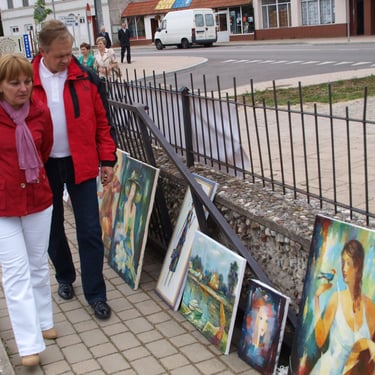
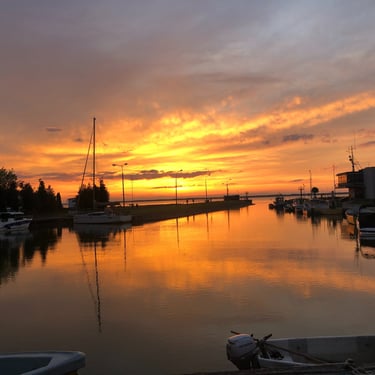
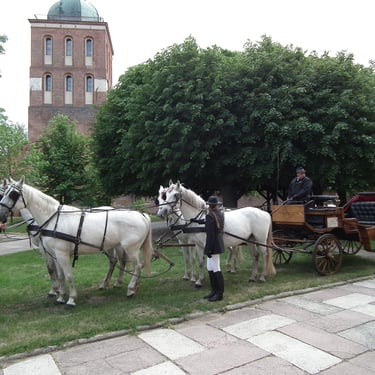

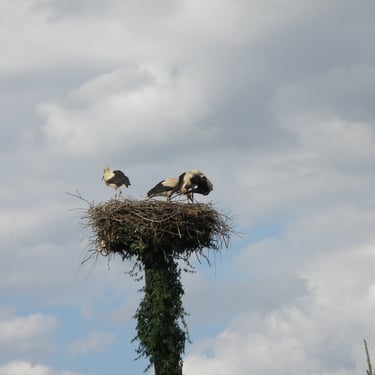
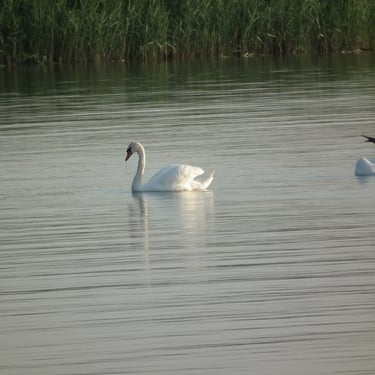
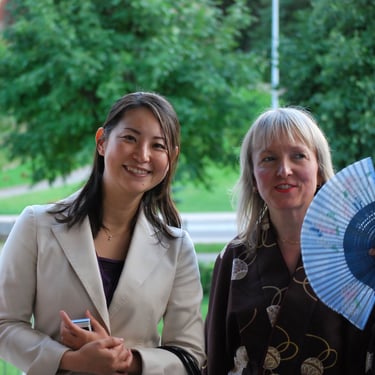
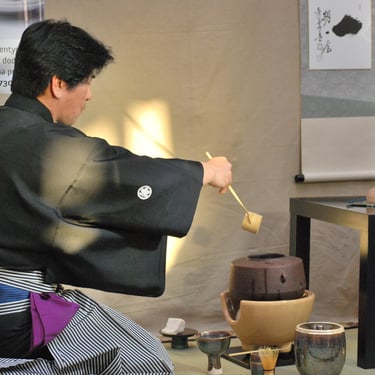
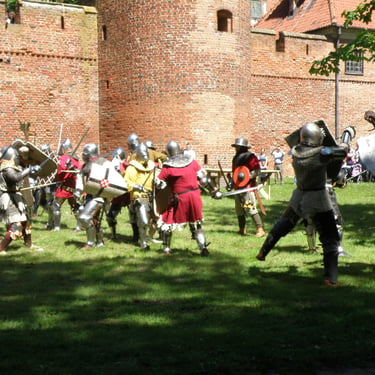
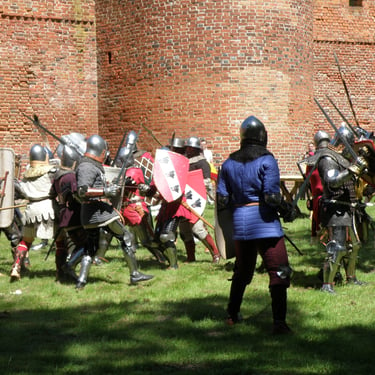
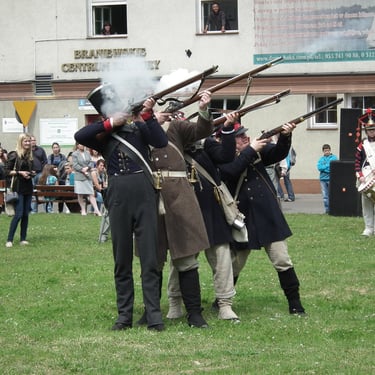
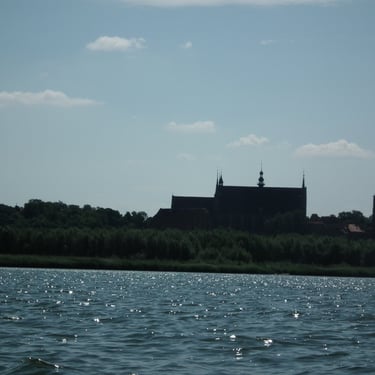
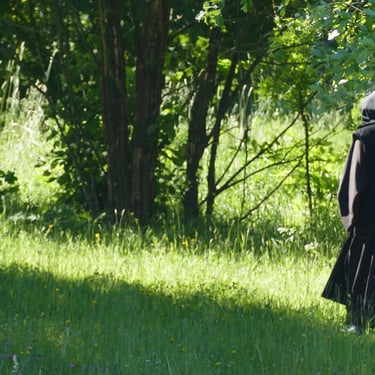
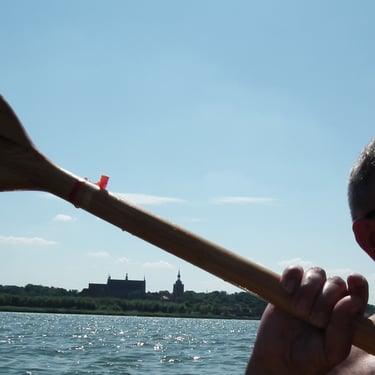
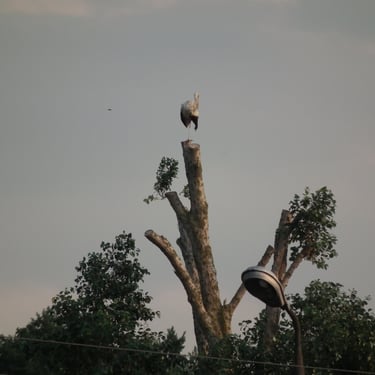

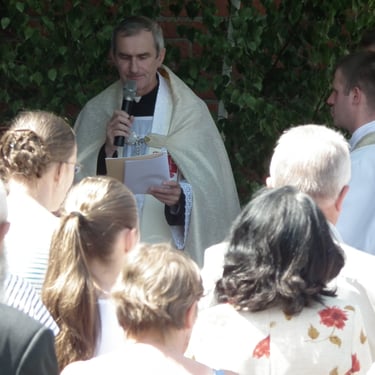
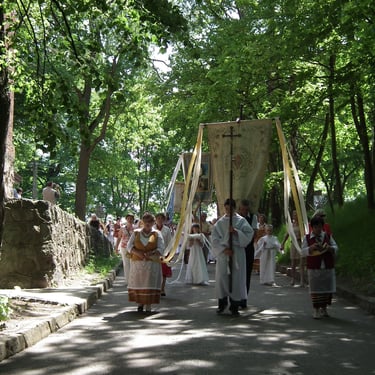
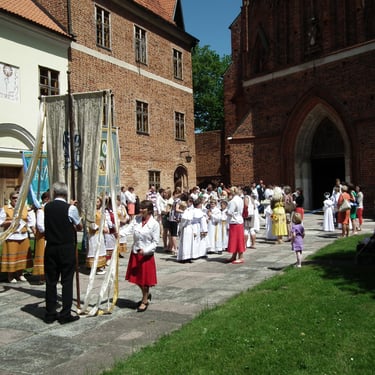
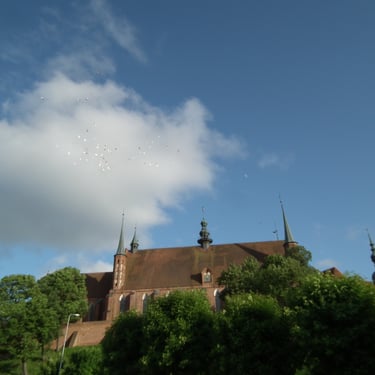
Connect
Experience the sparkle of Polish tradition
Support
info@iconnel.org
PO Box 980 New York, NY 10018
646-415-8818
© 2025. All rights reserved.
Read our Terms and Conditions and Privacy Policy
